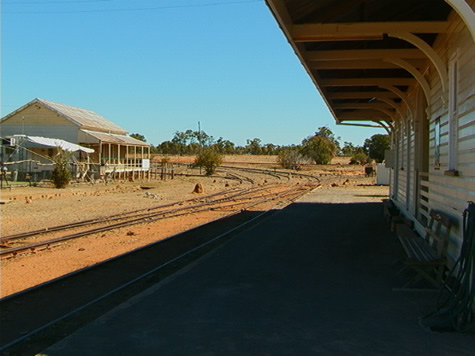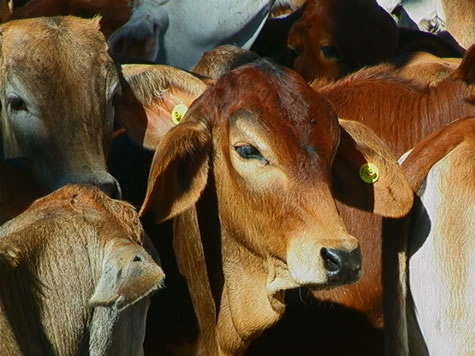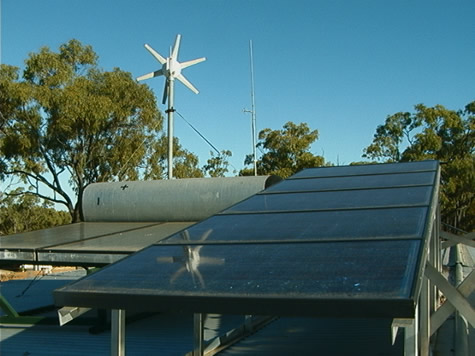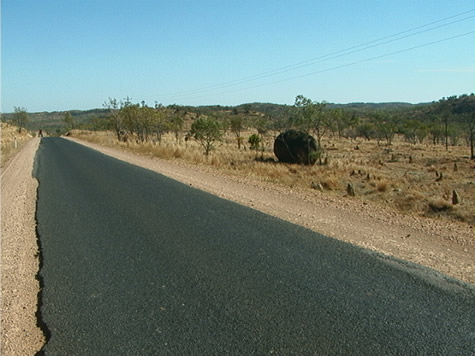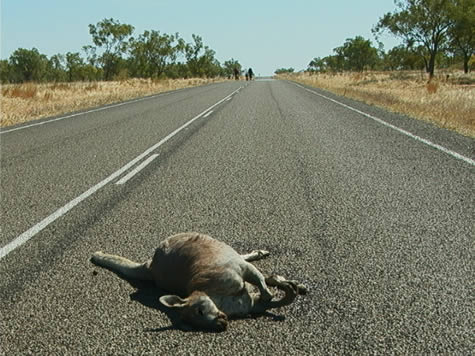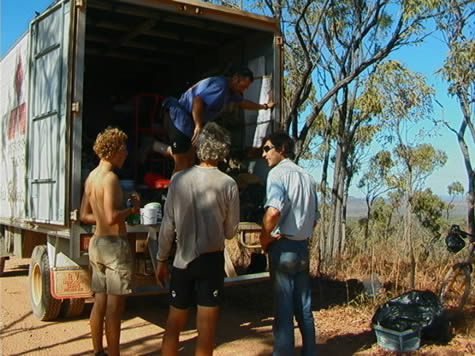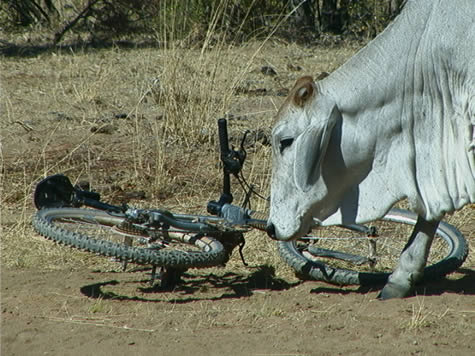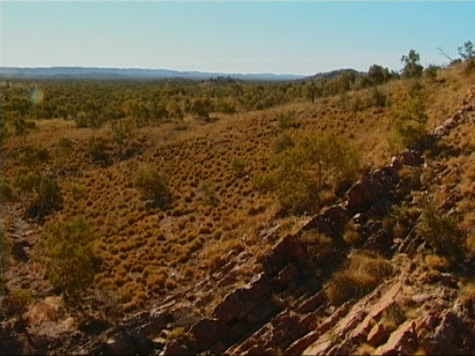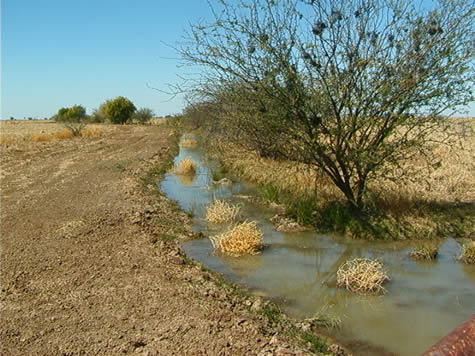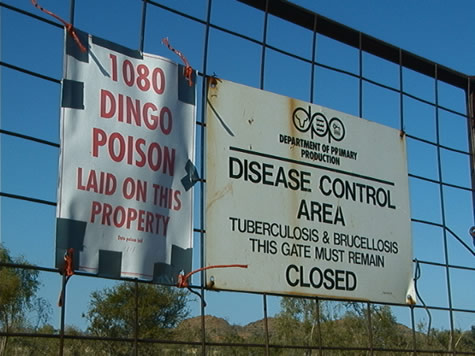Water
The early gold diggers made ‘damper’ out on the Palmer River was because it was cheap, light to carry (relative to its weight) and easy to make. But they still would have needed water as an ingedient. And availability of water has always been – and still is - a huge problem on the Palmer River Goldfield.
For example, after cycling for just over a week we are getting an idea as to how much water we have to dedicate to ourselves each day while cycling through the area n. Our last two cycling days have been difficult as we have been unsure on how long we are going to have a vehicle support; so we have to pack all the water we will need for at least 48 hours. Seeing as we go through about 5 liters a day per person for a 2-day stint, we have to carry 10 liters of water per person. Between the 8 of us we have to carry 80 liters of water in our Bob trailers that’s approximately 80kg of water alone. Due to our remoteness and lack of clean water we must watch what we do with the water, unlike in the home where we have a tap and a kitchen sink that runs the water down the drain.
We attempt to re-use and preserve as much water as we can.
In the early mining days in this area miners came across the same problems though they didn’t have a support vehicle to fall back on like we do. They had to find any available water for drinking - and cooking damper. In the dry season the miners would do anything for fresh water, miners would end up dying out here in the bush simply because they didn’t have any fresh water in the area. This area had to cater for at least 20,000 people to drink, cook and wash. The amount of people was too great for the land to support, people started out attempting to get to Cooktown some made it to the town and others died of dehydration. During this cycle two people have suffered dehydration to a certain extent and the consequences could have been much worse and we were lucky. Back in the exploring days people saw their friends die of dehydration as they had such limited supplies of water and were unprepared for the extremity of the heat during summer months.
Luckily we do have enough water to last us until the Mitchell River and we do have a vehicle that can carry enough water to last us about a week.
Hi. Mum, Dad and the rest of the gang.
Joshua Gray.
